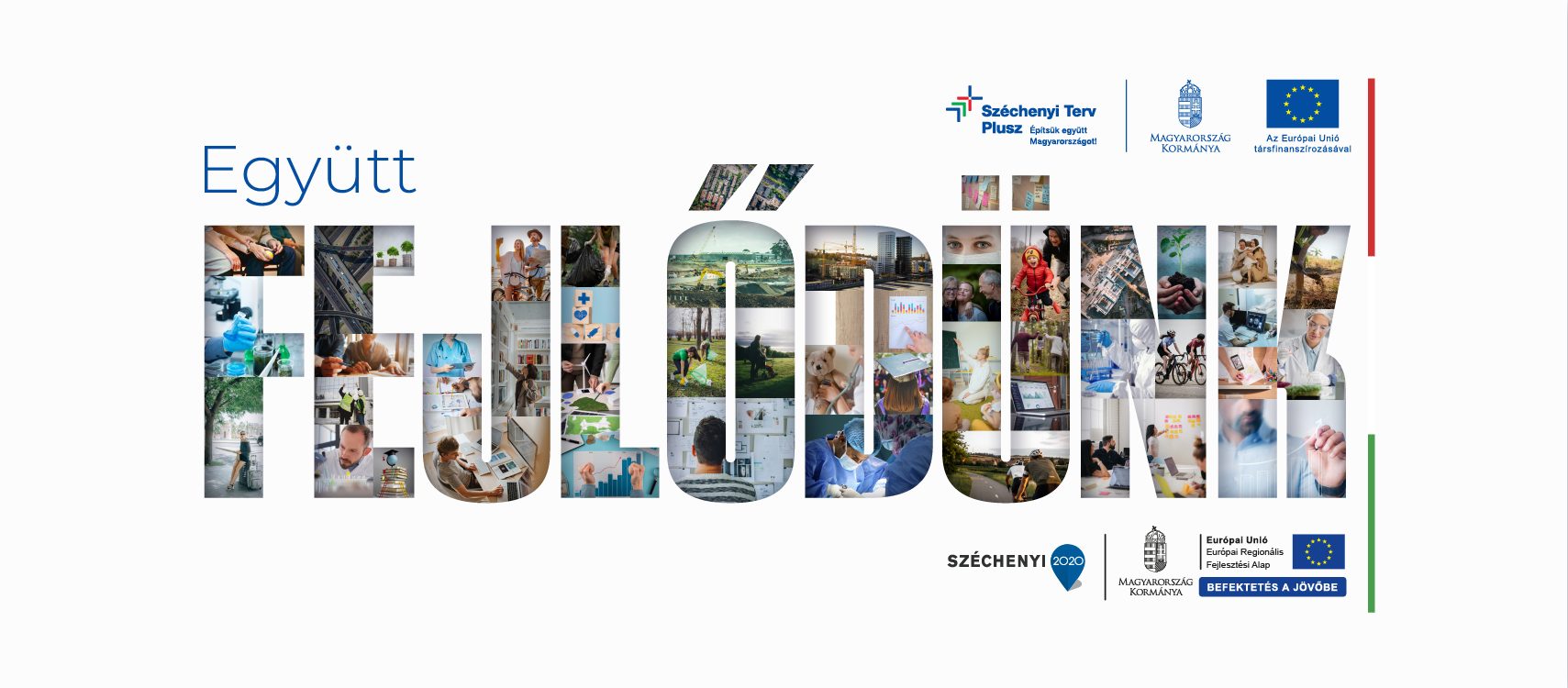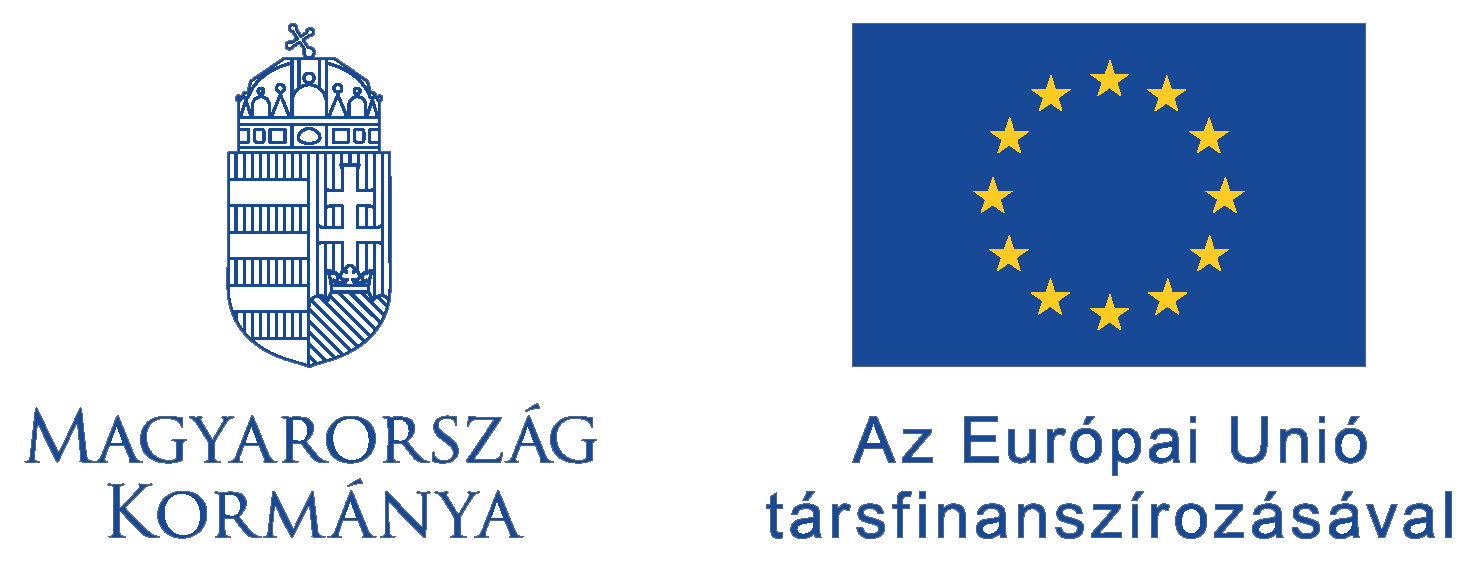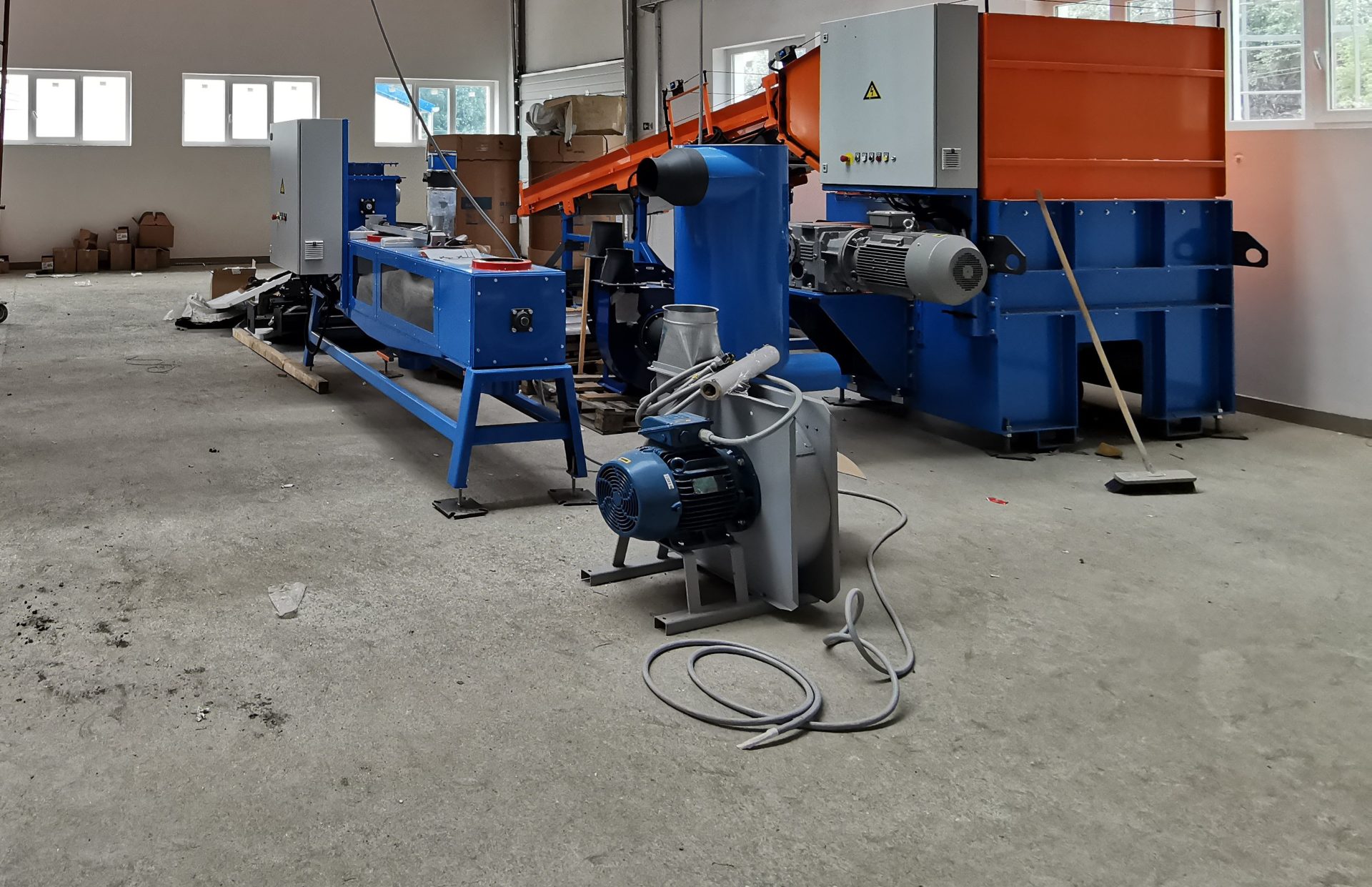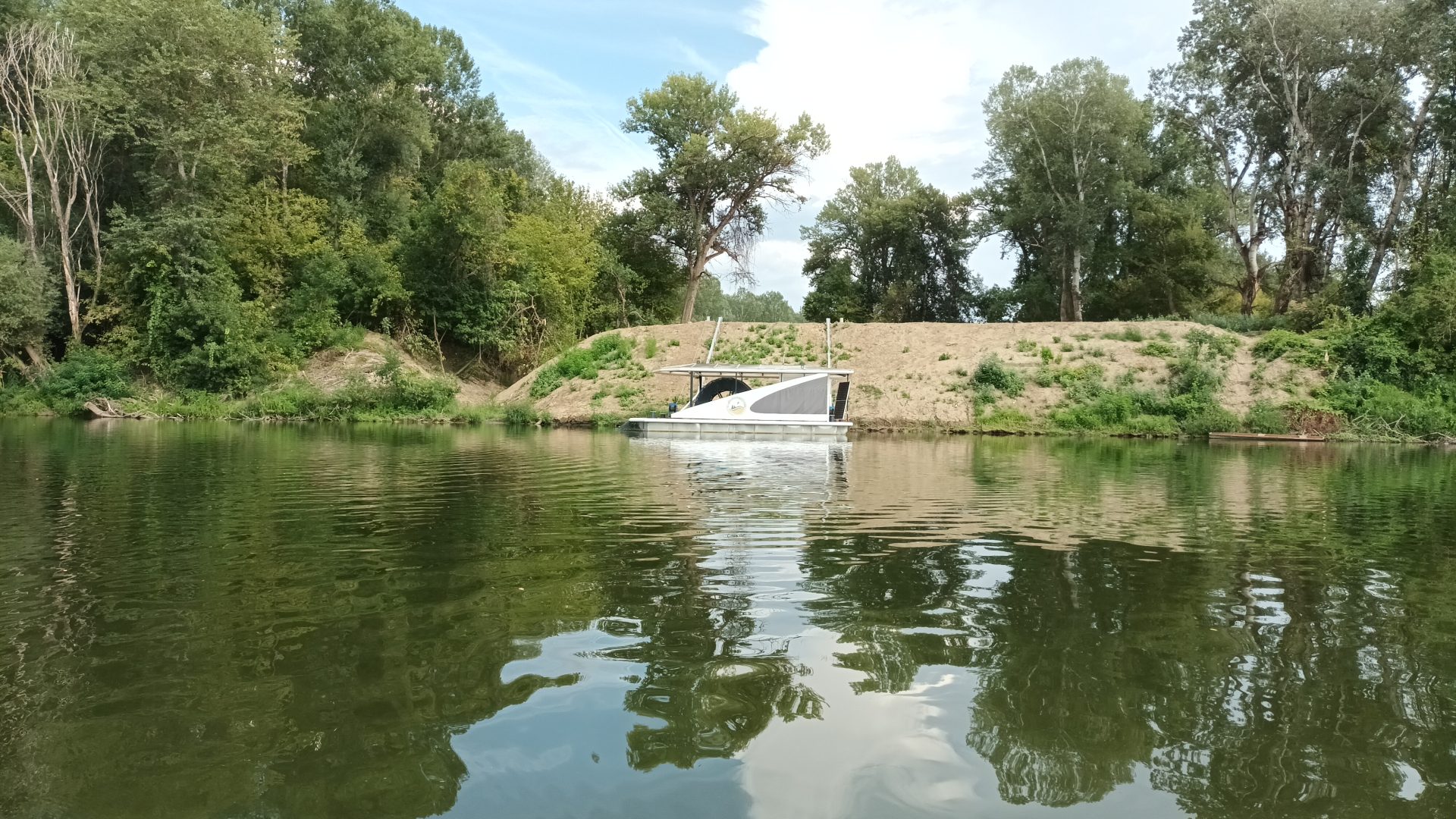The general objective of the investment, supported by the Environmental and Energy Efficiency Operational Program (KEHOP), was to improve the infrastructure and situation of sustainable water management to mitigate the adverse effects of climate change on surface and groundwater resources. Additionally, it aimed to facilitate the supply of water during periods of water scarcity and increase the usability of natural water resources. As a result of the project, adverse effects arising from excess or lack of water are reduced.
| Since the 1900s, the Kis-Balaton area has been subject to ongoing development goals. Due to various factors such as the construction of the railway line, different regulatory works, intensive agricultural fertilization in the catchment area, and rapid development and expansion of the Balaton resort area, the water quality protection function of Kis-Balaton and its surroundings ceased. Previously, the Zala River, which accounted for 45% of Lake Balaton’s water supply, deposited its sediments in Kis-Balaton. However, due to the aforementioned processes, by the mid-20th century, it gradually lost its “filtering” capacity, and the nutrients along with the sediments flowed into the Keszthely Bay of Lake Balaton. Due to the unique flow conditions of the bay, much of these nutrients remained there, resulting in a significant deterioration in the quality of the water entering Lake Balaton. |
Since the 1970s, the aim has been to develop a technical solution for water protection that can retain the floating materials and nutrients transported by the Zala River from reaching Lake Balaton. This led to the artificial flooding of Kis-Balaton, the rehabilitation of the marshland, and the construction of the Hídvégi-tó and Fenéki-tó lakes. The Hídvégi-tó has been in operation since 1985, the Ingói berek since 1993, and parts of the Fenéki-tó have been partially operational since 2005. Since then, more than 279 thousand tons of floating material, 640 tons of total phosphorus, and 9770 tons of total nitrogen have been retained in the area. This mass of floating material and nutrients did not reach the Keszthely Bay of Lake Balaton, thus the “semi-finished” Kis-Balaton played a significant role in the development of Lake Balaton’s current good water quality. Over time, significant wetland habitats have developed in the Kis-Balaton area, increasing the protected area from 1400 hectares in 1986 to 14700 hectares, hosting many protected and highly protected plant and animal species.
The completion of the Kis-Balaton Water Protection System was funded by EU resources, with the works completed by December 2014. The diversion of water flows into Kis-Balaton and changes in the water regime of the surrounding areas due to flooding led to the construction of embankments, and floodplains equipped with pumping stations were established to introduce infiltrating and surface waters.
The aim of the KEHOP project titled “Regulation of the Marótvölgyi Basin” was to complete the Kis-Balaton Water Protection System by implementing the Marótvölgyi Southern Flood Control System, which was still missing. As part of the investment, we built river closures and locks to allow for replenishment and discharge of floodwaters from the flood control area. A section of the Marótvölgyi canal was restored, and nearly three kilometers of the canal were newly constructed. Additionally, the Főnyedi pumping station was modernized and renovated.
The long-term goal of the project is to reduce the magnitude and duration of flood events, mitigate damages, reduce defense costs, and preserve the long-term protective capacity of the main structures. In addition to these direct goals, the reconstruction of critical points in the flood drainage network indirectly contributes to the improvement of tourism and economic opportunities in the region by ensuring predictable water levels and continuous water supply.
The investment has significantly contributed to achieving the development objectives related to adapting to the effects of climate change under Priority Axis 1 of KEHOP.
The development was implemented from EU funding in the project KEHOP-1.3.0-15-2015-00003 under the Environmental and Energy Efficiency Operational Program.
Find out more about the project in the Project Finder:Details








